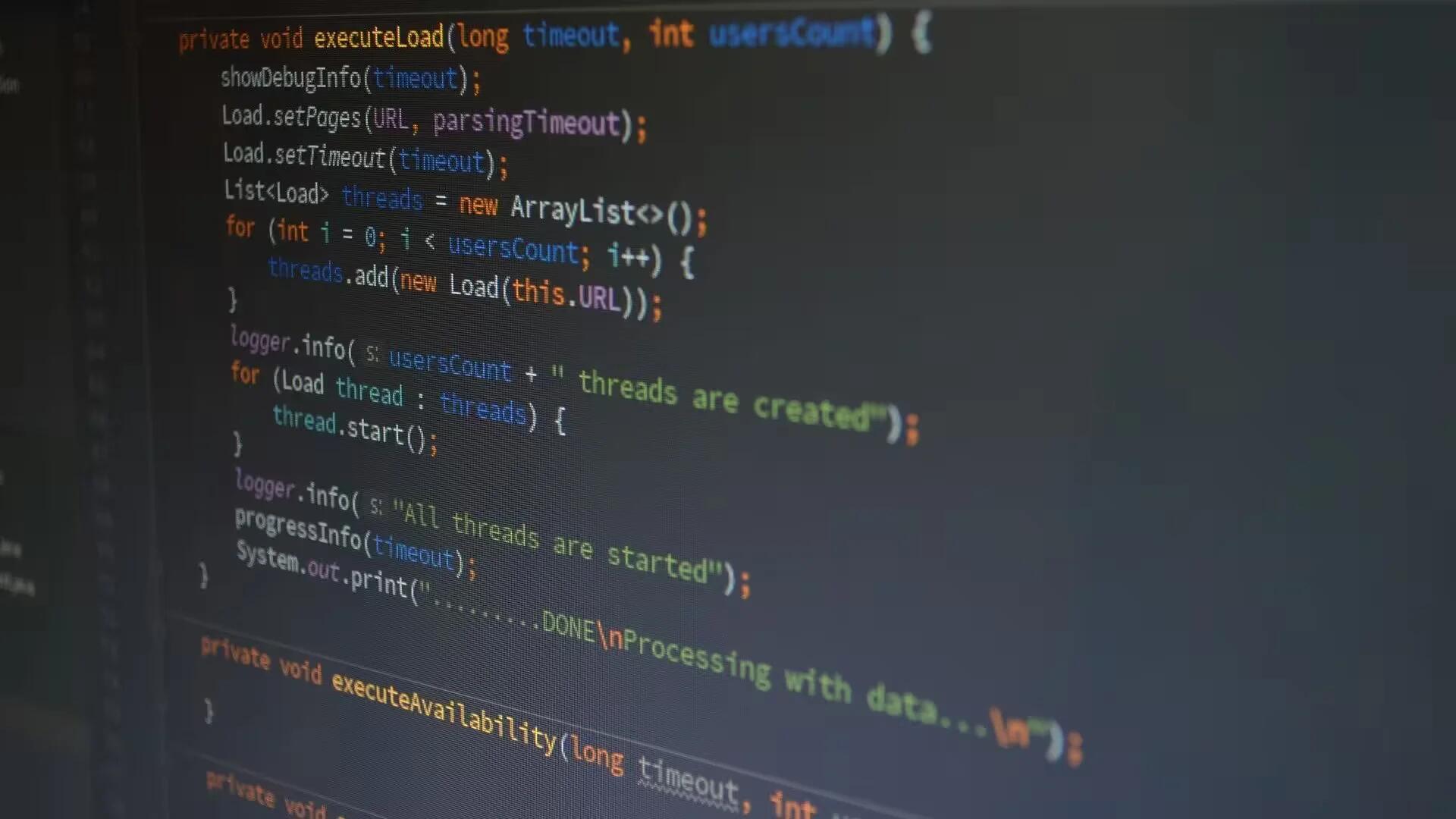Full-stack developers are one of the market’s most sought-after IT profiles right now. A full-stack developer is someone who shows flexibility and a strong focus on finding the right solution. It means you can code anywhere and together with specialists in all areas of development. You feel at home with databases, server environment, frontend, and backend. You also have skills that make you suitable for leading development in the team, for example; usability, architecture, and project planning.
If you are keen on learning full stack development, you are required to have broad knowledge in both back-end and front-end development. This means that there are certain back-end coding, database technologies, programming languages, and frameworks you should know.
In this article, we list the top languages that a full-stack developer should know in 2022 as it will pave the way to becoming a great professional in the global IT market. Read on to see what skills you must master so you can move up the ranks.
1. JavaScript
JavaScript is commonly applied in front-end development because this programming language is particularly useful for providing dynamic web functions and interactions on the website. Generally speaking, it is JavaScript that enables everything that “happens” on a web page. In addition, the script is a positive auxiliary attribute to the languages CSS and HTML. Consequently, visual segments such as images, text, animations, and videos together with links can give an even better appearance, quality, and credibility to your website.
A common misconception is that JavaScript and Java are the same things. Both are programming languages, but they are fundamentally different in terms of how they are used. A common use for JavaScript is deciding what should happen when a user interacts differently on a web page.
2. HTML/CSS
HTML stands for HyperText Markup Language and is one of the basic building blocks of the web, along with CSS (Cascading Style Sheets) and JavaScript. HTML forms the structure of all internet web pages in the form of headers, paragraphing, distinguishing certain content from others, and the like. It is also possible to insert images with HTML.
HTML is a markup language and not a programming language, as HTML code is only meant to provide structure. To call a language a programming language, it must be able to execute commands, which is not the case with HTML.
So why is it important to structure web pages, you might wonder. A big reason is to make design and functionality possible, which is achieved in collaboration between HTML and CSS but also HTML and JavaScript. If HTML constitutes the structure, one can say that CSS constitutes the design and JavaScript the functionality of a web page.
3. Python

Now that we looked at some of the most important front-end languages for a full-stack developer to know, let us discuss a back-end language. Even though there are plenty of full-stack developer languages dedicated to server-side programming, Python, due to its versatility and applicability in many fields, is probably the most popular one.
Python is a general-purpose programming language. This means that it can be used for many different things, unlike some languages that are created only for a certain type of problem. Some of the major uses for Python are scripting, web apps, data engineering, and data science.
Even if you are new to programming, Python is an easy programming language to learn. It is perfect for beginners to learn but it is a very popular choice among experienced programmers too.
4. SQL
SQL is similar to a programming language, but unlike programming languages such as Python, SQL is only used to interact with a database in a database management system. Therefore, you cannot create applications with SQL.
Depending on which database management system you use, different types of SQL are not always compatible with each other and can sometimes use different syntaxes or functions. SQL provides a strong foundation in database-oriented literacy that is required in full-stack development, especially regarding software built to store sensitive data.
5. Java

Java is an object-oriented programming language used in many different areas, mainly for various applications and system development.
Many beginners may find Java a relatively complex language to learn, but there are many resources available today that can make it easier for you. An advantage of Java is that it is used by many different companies, so it is imperative for full-stack developers to learn a language like Java as it can be applied to many different scenarios in application construction, conceptualization, and maintenance.
Final Words
The languages we discussed are crucial for getting started with full-stack development. There are many other languages you will come across on your journey to becoming a full-stack developer but these will serve as a solid foundation when starting your career.
